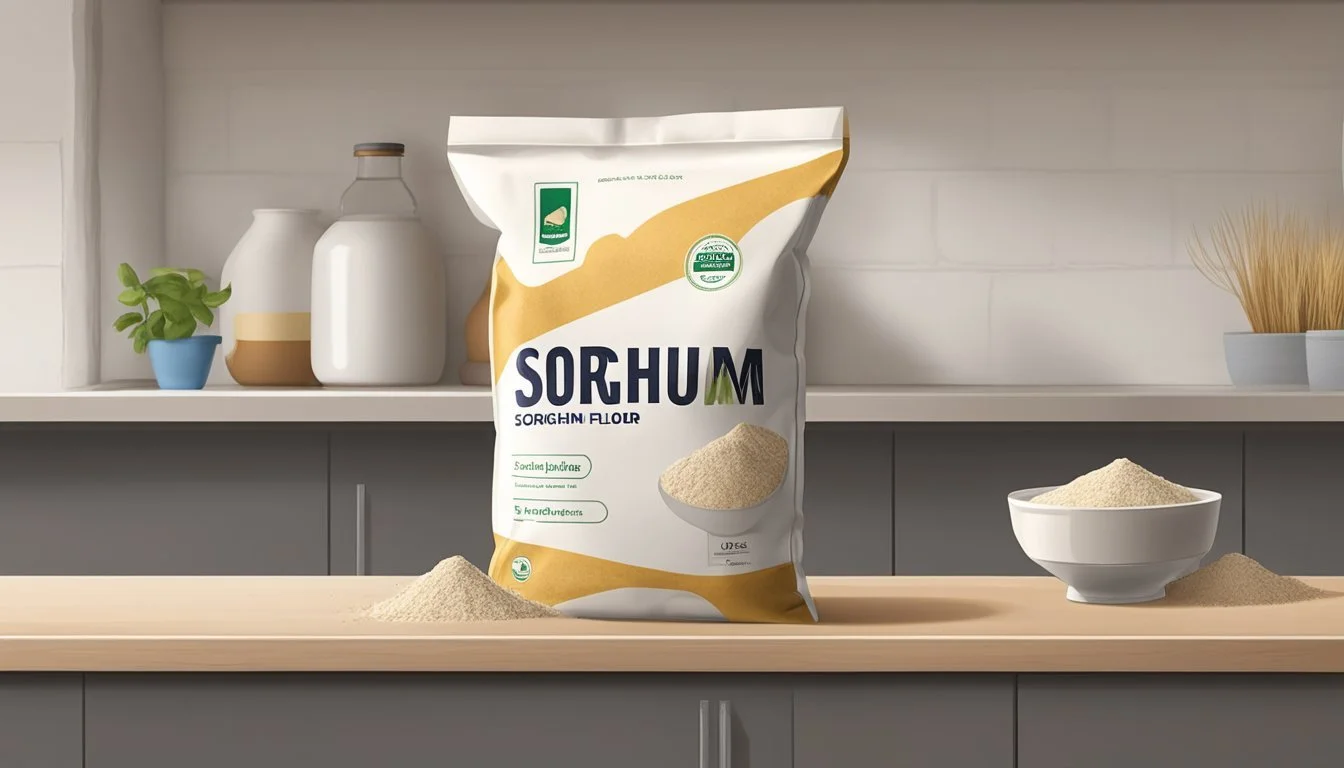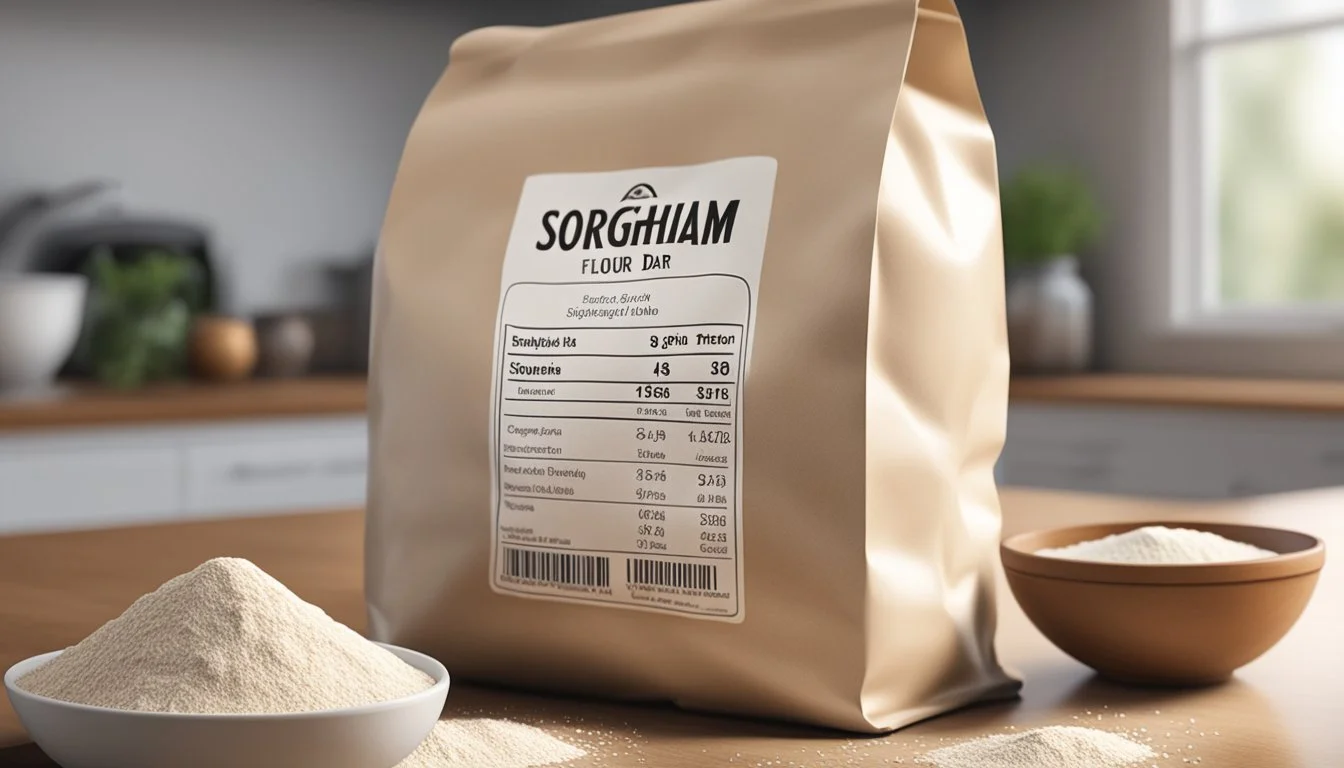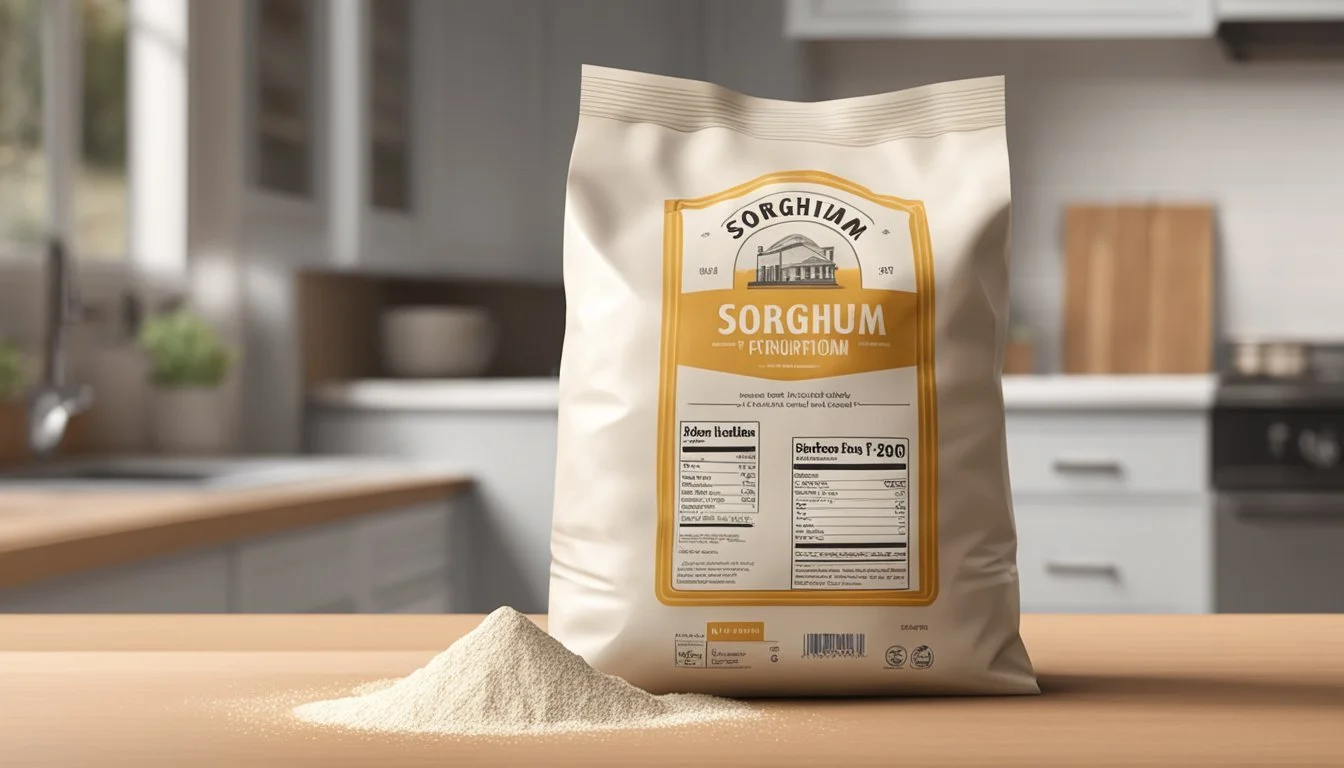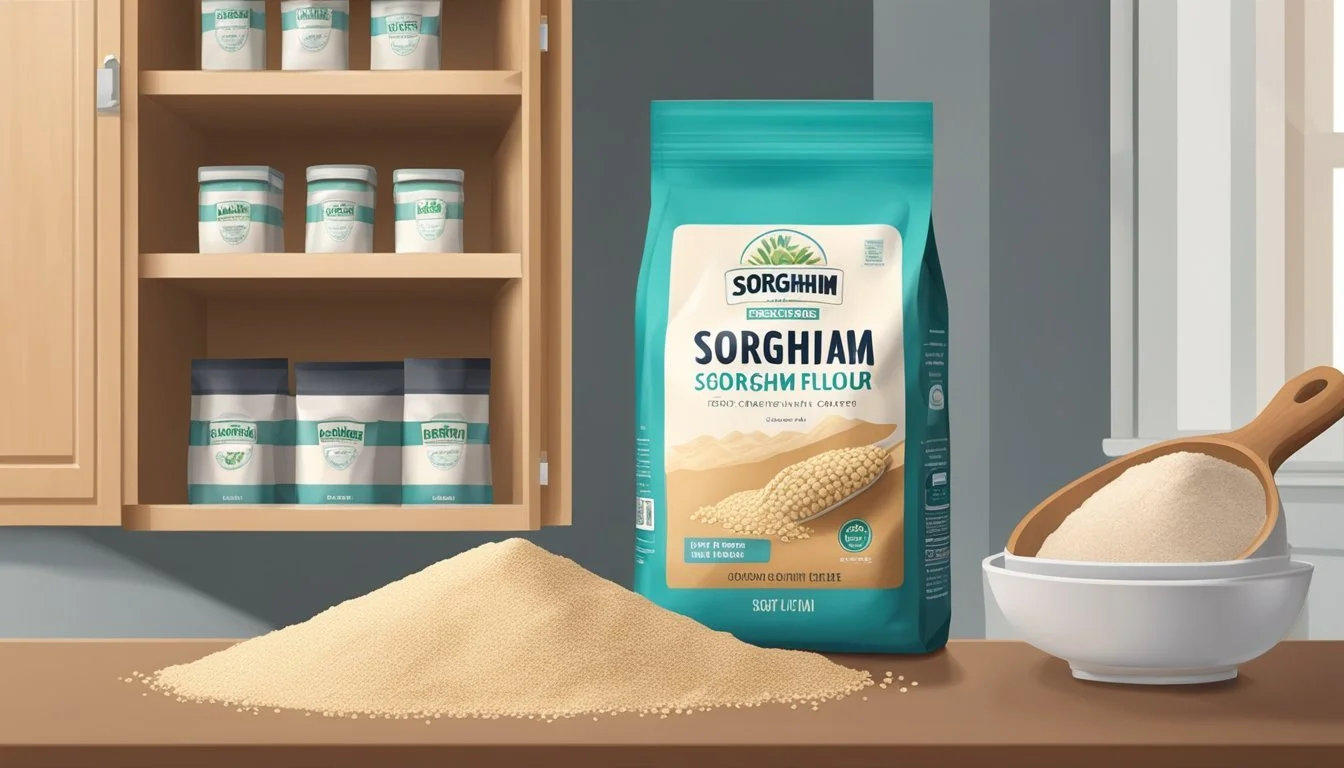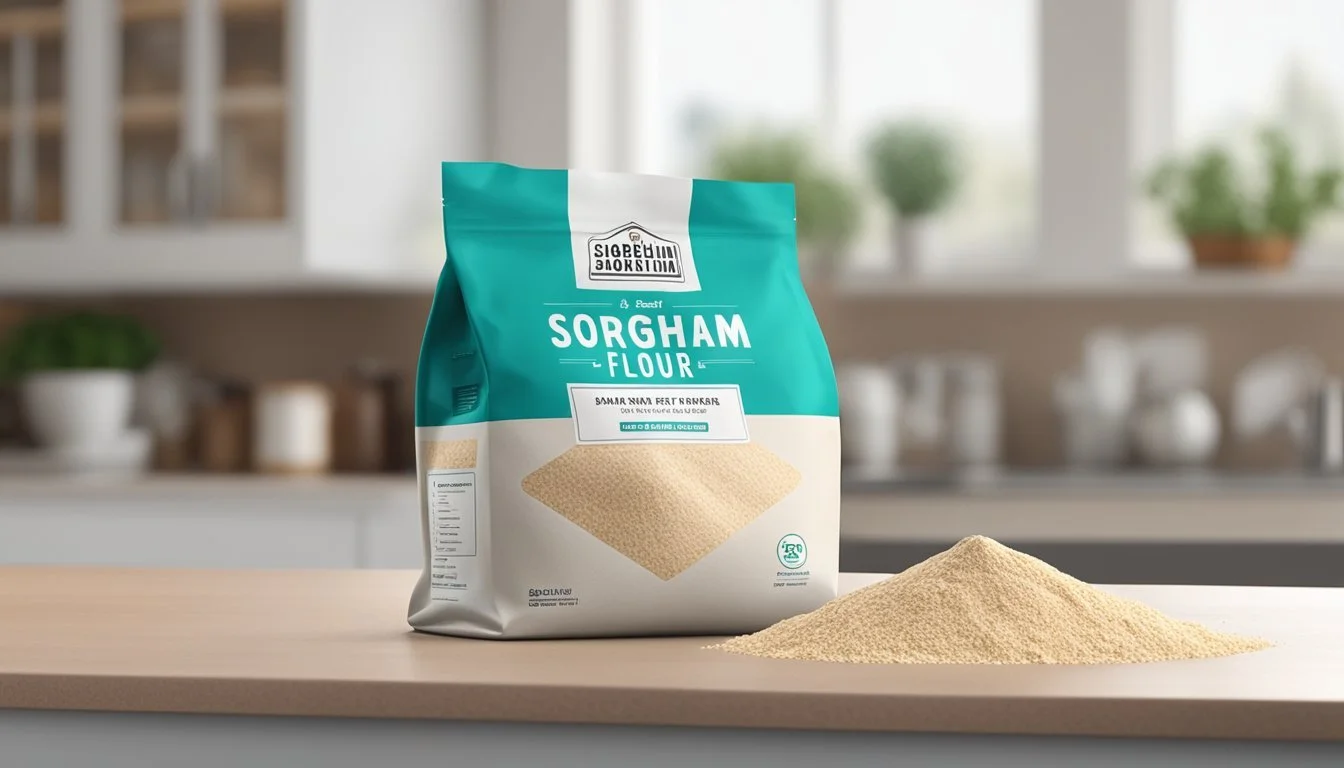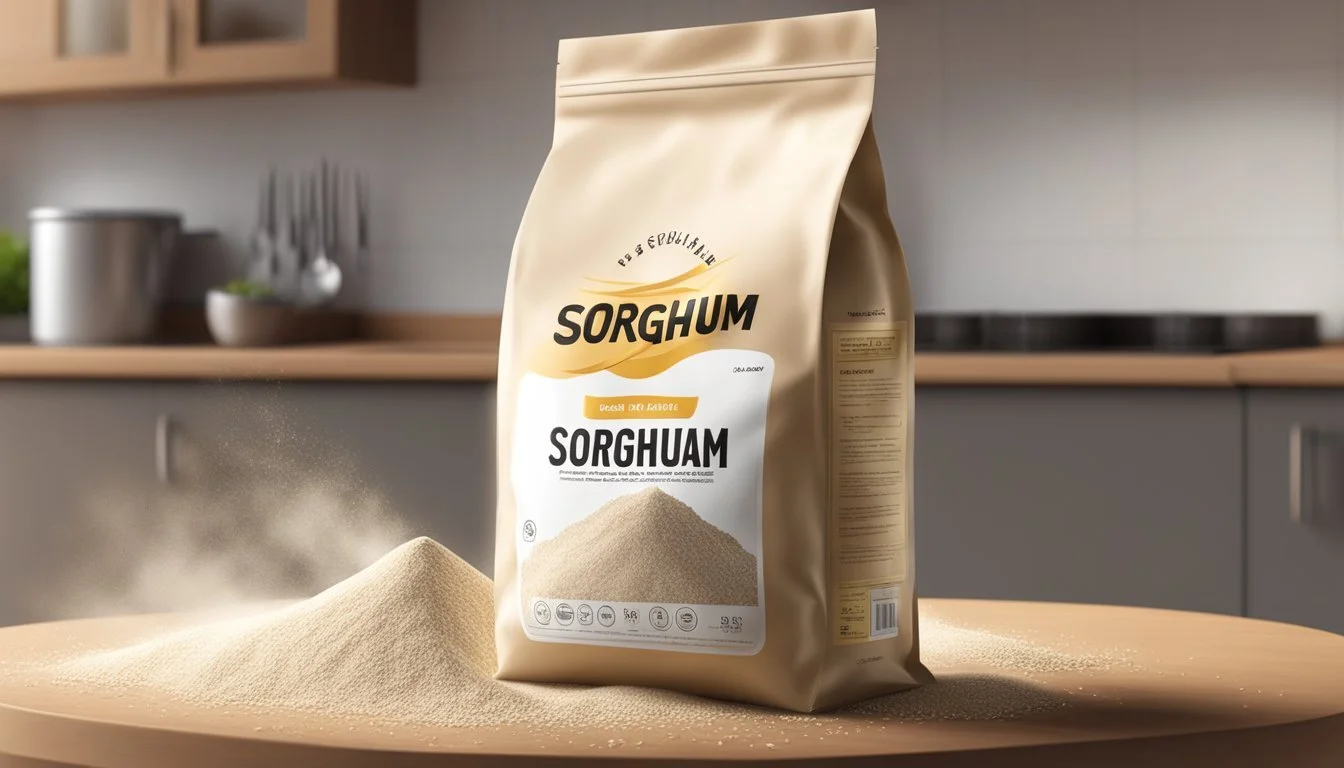Does Sorghum Flour Go Bad?
Understanding Its Shelf Life and Storage
Sorghum flour is a gluten-free alternative that has gained popularity as people seek out diverse grain options for their dietary needs. Like many flours, sorghum flour does have a shelf life and the conditions under which it is stored significantly affect its longevity. Typically, an unopened bag of sorghum flour can last from 3 to 4 months when stored in a cool, dry place. Once opened, the key to maintaining its freshness and nutritional quality is to keep it in an airtight container, away from direct light, heat, and moisture which can lead to spoilage.
Sorghum, in its grain form, tends to have a longer shelf life, capable of lasting up to 2 years if the storage conditions are optimal. Factors such as exposure to moisture, air, and pests can reduce the shelf life of sorghum flour and grains alike. Consumers should always look for signs of spoilage, such as changes in color, texture, or odor, and use the expiration date on the packaging as a guideline for determining the product’s usability.
Storage tips for extending the shelf life of sorghum flour include freezing, which can preserve the flour for up to 6 months, and ensuring it is kept in an environment that is consistently cool and free of humidity. Knowing how to properly store sorghum helps in maintaining its flavor, preventing waste, and ensuring that it remains a reliable ingredient in gluten-free cooking and baking.
Understanding Sorghum Flour
Sorghum flour is made from the grain sorghum, which is considered an ancient grain and is prized for its versatility and nutritional profile. It is inherently gluten-free, making it an ideal substitute for wheat flour for those with gluten sensitivities or celiac disease.
Nutritional Profile:
High in Fiber: Contributes to digestive health.
Protein Content: Supports muscle maintenance.
Antioxidants: Offers anti-inflammatory benefits.
Characterized by a neutral taste with a hint of sweetness, sorghum flour lends itself well to a variety of baked goods. Understanding its shelf life and storage is crucial to maintain its quality. Typically, its shelf life ranges from 6 to 12 months. Proper storage involves keeping it in a cool, dry place, away from moisture and pests to prevent spoilage.
Aside from its culinary uses, sorghum is categorized into two types. Grain sorghum is processed for consumption, while sweet sorghum is often cultivated for syrup. Though distinct, both types underscore sorghum's significance as a versatile crop.
Users can identify the freshness of sorghum flour by:
Color Check: Look for its natural cream color without dark spots.
Smell Test: It should have a neutral to slightly sweet smell. A musty or rancid odor indicates spoilage.
In summary, sorghum flour is a nutritious, gluten-free grain alternative that remains fresh for several months when stored correctly. It embodies the value of ancient grains in modern cooking, offering a healthful choice for a variety of dietary needs.
Characteristics of Sorghum Flour
Sorghum flour is a versatile and nutrient-rich grain flour that is particularly significant in gluten-free baking, offering a unique texture and flavor to various recipes.
Texture and Flavor
Sorghum flour is made from ground sorghum grain, contributing a mild, slightly sweet flavor to baked goods. It's recognized for its smooth texture, which lends itself well to the creation of soft and tender crumb structures in products like cookies, muffins, and waffles.
Nutritional Profile
Nutritionally speaking, sorghum flour is a powerhouse:
High in fiber: Promotes digestive health
Protein: Contributes to the overall protein content of baked goods
Vitamins and minerals: Includes B vitamins, iron, and phosphorus
Antioxidants: The presence of antioxidants helps combat inflammation
This nutritional profile positions sorghum flour as a commendable ingredient for health-conscious consumers.
Gluten-Free Baking
For individuals with celiac disease or gluten sensitivities, sorghum flour offers a gluten-free alternative to traditional wheat flour. Its ability to impart desirable qualities to baked goods makes it popular among those looking to maintain texture and taste without the gluten. As a result, sorghum flour is a staple in gluten-free recipes and is an essential ingredient for anyone seeking to diversify their gluten-free baking staples.
Storage Guidelines
The reader should understand that proper storage conditions directly influence the shelf life and quality of sorghum flour. Maintaining a controlled environment is crucial to prevent deterioration and extend the product's usability.
Proper Storage Conditions
Sorghum flour's quality is best preserved when stored in a cool, dry place away from direct heat and light. Optimal storage involves:
Placing in an airtight container to minimize exposure to air and moisture.
Storing at a steady, cool temperature, positioning away from any heat-producing appliances or spots that undergo temperature fluctuations.
Shelf Life and Expiration
Unopened sorghum flour can last approximately six months.
Opened flour should be used within that same timeframe; however, it may also be refrigerated to prolong freshness.
Freezing can effectively extend its shelf life up to one year.
Always check the expiration date as a guide, but understand that proper storage can influence shelf life beyond this date.
Signs of Deterioration
Sorghum flour may spoil if exposed to unfavorable conditions. Indicators of spoilage include:
A musty or rancid odor, which should be considered a clear sign the flour is no longer suitable for consumption.
Changes in color or texture, such as discoloration or the presence of mold, indicate spoilage.
If it develops an off smell or taste, it should not be used to avoid potential health risks.
Sorghum Flour in Cooking and Baking
Sorghum flour is a versatile ingredient, lending a mild, slightly sweet flavor to various culinary creations. It serves as an excellent gluten-free alternative to traditional wheat flour in both cooking and baking applications.
Cooking Applications
When it comes to cooking, sorghum flour can be a staple in the pantry for gluten-free diets. Its neutral taste with a hint of sweetness makes it compatible with savory dishes like stews or as a thickener for sauces. It can also be used as a substitute for breadcrumbs in recipes to add texture without altering the flavor profile.
Stews: Used as a thickening agent to add heartiness.
Substitute for Breadcrumbs: Provides a crunchy coating for fried or baked foods.
Baking Applications
In baking, sorghum flour's fine texture contributes to soft and tender baked goods. Offering a nutritional boon, it is incorporated into recipes for muffins, breads, and cakes to create a structure similar to all-purpose flour while being gluten-free. It retains moisture well, resulting in products that are less prone to drying out.
Muffins/Breads: Delivers a wheat-like texture; may require additional liquid due to high absorption.
Cakes/Other Baked Goods: Imparts tenderness and natural sweetness to the final product.
Substituting and Pairing
Sorghum flour shines as a substitute in recipes calling for standard wheat flour. Ideal for those avoiding gluten, it pairs well with other gluten-free flours like almond or coconut to balance the overall flavor and texture. When substituting in baking, it’s important to note that sorghum flour absorbs more liquid than all-purpose flour, which necessitates adjustments to the recipe's liquid content.
Gluten-Free Alternative: Excellent for coeliac-friendly cooking and baking.
Pairing: Blends well with oats, quinoa, and rice flours for a nuanced flavor and improved structure.
Texture Adjustment: May combine with almond flour to achieve a desirable consistency in the final dish.
Preservation Tips
Proper storage of sorghum flour ensures its longevity and usability. The key to keeping sorghum fresh is managing temperature and moisture through optimal storage solutions.
Freezer Storage
Freezing sorghum flour can significantly extend its shelf life. For best results:
Place sorghum flour in a freezer-safe airtight container or a sealed freezer bag.
Label with the date of freezing to track its longevity.
Sorghum flour can be stored frozen for up to one year.
Extending Shelf Life
To maximize the shelf life of whole grain sorghum flour, adhere to the following practices:
Keep the flour in a cool, dry place, such as a pantry.
Use an airtight container to protect against moisture and pests.
Flour kept at room temperature in these conditions can last between 6 to 12 months.
Using Preservatives
While sorghum flour does not typically require additional preservatives, some techniques can help maintain its freshness:
Consider adding a food-safe desiccant packet to the storage container to absorb excess moisture.
Natural preservatives like honey or sugar can sometimes be used when preparing syrups or mixtures containing sorghum to extend the shelf life once opened; store these in the fridge in an airtight container for up to six months.
Health and Safety Considerations
Maintaining the quality of sorghum flour is crucial for health and safety. Users should be aware of allergic reactions, contamination risks, and indicators of spoilage to ensure the flour remains safe for consumption.
Allergic Reactions
Sorghum is a popular gluten-free alternative for individuals with celiac disease, offering a safe grain option. However, while it is typically non-allergenic, some individuals might still experience allergic reactions. It is important for them to recognize potential health risks and symptoms such as itching or swelling after consumption.
Contamination Risks
Contamination of sorghum flour can occur due to mold, bugs, or exposure to moisture. Mold growth can lead to the production of mycotoxins, which pose serious health risks if ingested. Bugs can infest the flour if not stored properly. Consumers should store sorghum flour in an airtight container in a cool, dry place to minimize these risks.
When to Discard
Sorghum flour should be discarded if any signs of spoilage are visible:
Odor: A rancid or musty smell indicates spoilage.
Mold: Visible mold growth or dark spots in the flour signify deterioration.
Texture: If the flour clumps together abnormally, it may have been exposed to moisture and could be spoiled.
Users should trust their judgment and discard any flour that has surpassed its expiration date or exhibits signs of rancidity or deterioration. It is better to err on the side of caution to prevent potential health issues.
Culinary Uses and Recipes
Sorghum flour is a versatile ingredient often used in a variety of recipes. It's known for its sweet, neutral flavor and its applicability to both sweet and savory dishes, making it a staple in the pantry for both baking and cooking.
Sweet Sorghum Applications
Sweet sorghum, specifically sorghum syrup, is a natural sweetener with a rich, deep flavor often likened to molasses. It has its place in:
Baked goods: Bakers often incorporate sorghum syrup into recipes to add a unique sweetness to muffins and cookies.
Sweetening agent: It can be drizzled over pancakes or waffles as a flavorful alternative to maple syrup.
Grain Sorghum Uses
Grain sorghum, which is typically the whole grain form of sorghum, presents itself as a highly drought-resistant crop, lending itself to various uses such as:
Livestock feed: It is commonly used as nutritious feed for livestock due to its high nutrient content.
Human consumption: For human diets, it can be popped like popcorn or used in stews and salads where its chewy texture adds a pleasant contrast.
Brewing beer: The grain's neutral flavor makes it suitable for brewing beer, especially gluten-free varieties.
Versatility in Recipes
Sorghum flour's mild, slightly sweet flavor makes it a favorite for gluten-free cooking and baking. It stands out in:
Baking: The flour blends well in baking mixes, lending a soft, tender crumb to goods like brownies and waffles.
Cooking: It also functions as an excellent thickening agent in soups and sauces, providing a gluten-free option that doesn't compromise on texture.
Miscellaneous Information
This section explores diverse aspects of sorghum, including its historical roots, varied uses beyond the kitchen, and its significance in global economies.
History and Origin
Sorghum is considered an ancient grain originating from Africa over 5,000 years ago. It's admired for being drought-resistant, making it a reliable crop in arid regions. Two primary types are grain sorghum, used for food products like flour, and sweet sorghum, cultivated for sorghum syrup.
Alternative Uses
Beyond its use as a grain for human consumption, sorghum serves multiple roles:
Livestock feed: It is a staple in animal diets, providing essential nutrients.
Bioenergy source: Some varieties of sorghum are used in biofuel production due to their high biomass yield.
Economic Impact
Global trade: Sorghum is a significant commodity in international markets, especially between the United States and China.
Agricultural sustainability: Its resilience to harsh weather conditions ensures a consistent supply and stabilizes economies reliant on agriculture, particularly in Africa.
Consumer Advice
When it comes to purchasing sorghum flour, consumers should prioritize freshness and quality to ensure they receive a product rich in flavor and nutritional value. This section provides specific guidelines for selecting the best sorghum flour, understanding the influence of brand reputation, and navigating affiliate marketing.
Purchasing Tips
When buying sorghum flour, customers should check the expiration date on the package, as it directly correlates with the flour's freshness and shelf life. It's advisable to buy whole-grain sorghum flour as it usually contains more fiber and protein. The flour should have a neutral or slightly sweet aroma, and any off smell suggests deterioration.
Check the expiration date: Fresh flour translates to better taste and nutrition.
Opt for whole-grain: Higher fiber and protein content support a nutritious diet.
Affiliate Marketing
Consumers should be aware that some online content may include affiliate links, which means the author may earn a commission on purchases made through these links. However, these links do not affect the price for the consumer, and the inclusion of affiliate links should not compromise the integrity of the product recommendations.
Disclosures: Trustworthy sites provide clear disclosures about affiliate links.
Research: Consider additional sources when evaluating recommendations.
Brand Comparisons
Different brands of sorghum flour may vary in terms of taste, flavor, and nutritional value. Customers should compare brands by looking at product labels for information on protein and fiber content, and by checking if the flour is from a recent milling date, which can be an indicator of flavor and freshness.
Nutritional labels: Review for dietary fiber, protein, and other nutrients.
Fresh milling date: Ensures maximum flavor and may extend freshness.
Consumers can make well-informed decisions by focusing on the date, nutritional quality, and brand reputation when purchasing sorghum flour.

